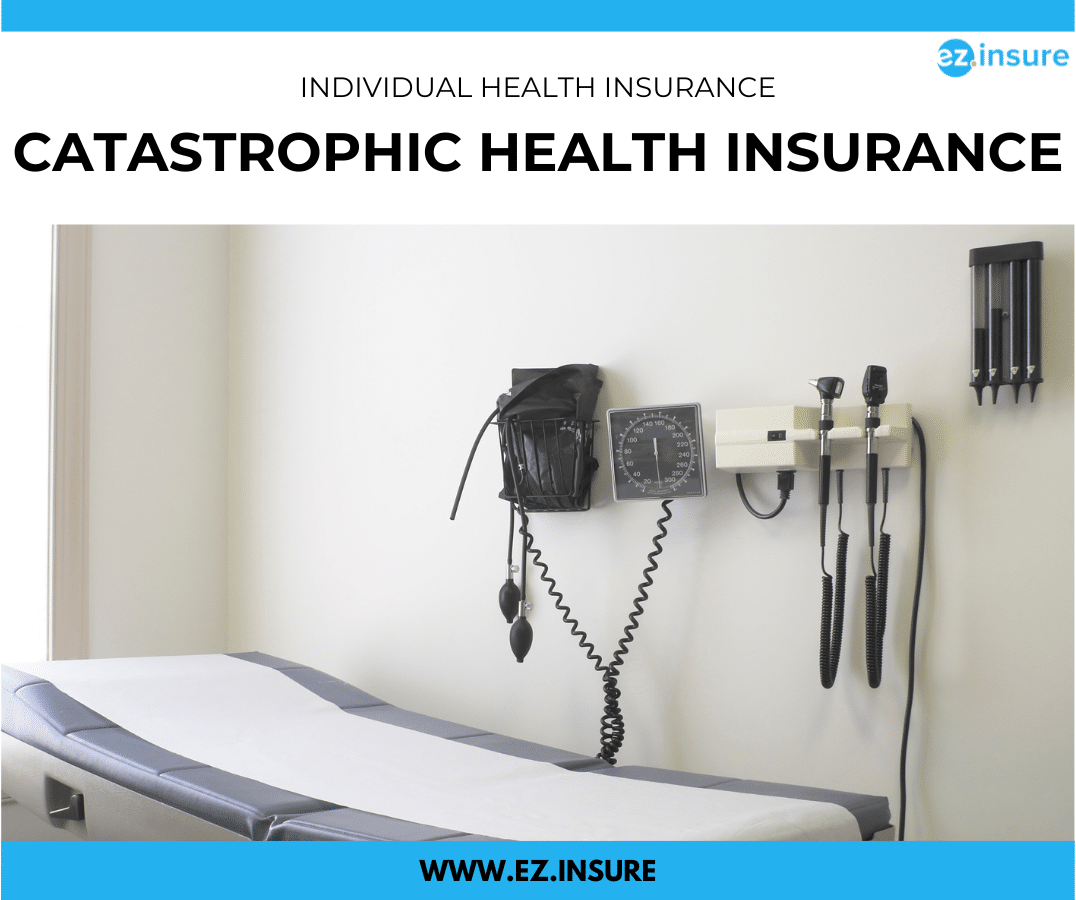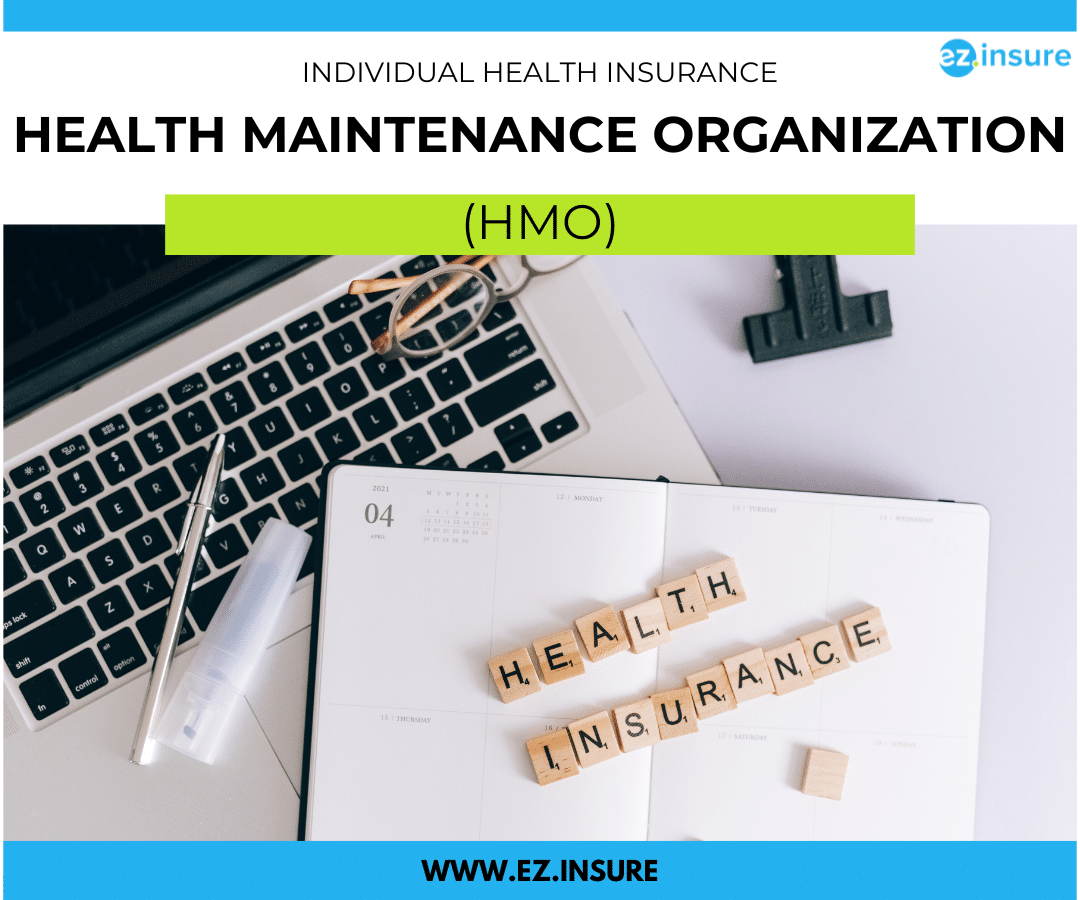
-
What is Medicare Supplement?
-
Medicare Supplement Plan Types
-
Cost of Medicare Supplement Plans
-
FAQs
-
Explore Your Health Insurance Options Today
What is Medicare Supplement?
Medicare Supplement plans, also known as Medigap plans, are called this because they supplement Original Medicare, and help to fill the coverage gaps in Parts A and B. While Original Medicare is a government program, Medicare Supplement Plans are sold by private insurance companies. You’ll have to pay a monthly premium to your insurance company (and you’ll have to be enrolled in Medicare Parts A and B), but you’ll end up paying less than you do with Original Medicare, since your low monthly premium will generally cover most of the out-of-pocket costs associated with Parts A and B.
The Centers for Medicare & Medicaid Services (CMS) requires all Medicare Supplement Plans to provide the same benefit coverage across the country, and you will never be denied care by providers who accept Medicare with these plans, but premiums can vary by insurance company. That means it’s important to compare plans from different insurers before making your choice. EZ can help you with that, as well as with explaining how exactly these plans work.
Medicare Supplement Plan Types
One of the many great things about Medicare Supplement Plans is that there is a wide variety of plans available, so you’re sure to find one that works for you and your budget. In 2025, most beneficiaries can choose from 10 different Medicare Supplement Plans. It is important to compare all options in order to determine which plan will best meet your needs, so below we’ve highlighted the different plans and what they cover. If you need a visual, our simple Medicare Supplement Plans comparison chart can help you, as well.
Plan A
Medicare Supplement Plan A only provides the basic benefits that all Medicare Supplement Plans are required to provide. That means this plan is a good choice for those who want a low-cost plan that will still help limit the expenses of Original Medicare, including the 20% Part B coinsurance, which can really add up. Plan A also literally limits out-of-pocket costs, since it has an annual out-of-pocket limit, which Original Medicare does not.
It covers:
- Medicare Part A coinsurance
- Medicare Part B coinsurance
- First 3 pints of blood
- Medicare Part A hospice coinsurance
- Preventive care coinsurance
Plan B
Plan B covers all of the basic things that Plan A covers, as well as some of the extra benefits offered by other Medicare Supplement Plans. Although Plan B is not the most comprehensive Medicare Supplement Plan available, it is a standout plan for those who want some extra coverage for out-of-pocket expenses.
Plan B Covers:
- Medicare Part A coinsurance
- Medicare Part B coinsurance
- First 3 pints of blood
- Medicare Part A hospice coinsurance
- Preventive care coinsurance
- Medicare Part A deductible
Plan C
Anyone who was eligible for Original Medicare before January 1, 2020, can sign up for Plan C. You cannot enroll in Plan C if you were not Medicare-eligible at that time. Medicare Supplement Plan C pays for any Medicare-approved expenses that Original Medicare does not cover. This includes annual deductibles, copays, and coinsurance, among other things.
It covers:
- Medicare Part A deductible
- Medicare Part A coinsurance and copays
- Medicare Part B deductible
- Medicare Part B coinsurance and copays
- First 3 pints of blood
- Skilled nursing facility coinsurance
- Foreign travel emergency care
Plan D
Plan D is one of the less commonly chosen Medicare Supplement Plans, but it is an excellent choice if you want coverage in the event of an emergency.
Plan D covers:
- Coinsurance and copayments for Medicare Part A
- Coinsurance and copays for Medicare Part B
- Coverage for foreign travel emergencies
Plan F
Plan F has long been the market’s best-selling plan. It covers all of your out-of-pocket expenses, so you’ll only have to pay the monthly Plan F premium if you have this plan. The only caveat is that Plan F, like Plan C, is not available to anyone who became Medicare eligible after 2020. If you became eligible for Medicare before 2020, you can buy one of these plans; if you have already bought Plan F and are grandfathered in, you can keep it for as long as you want.
Plan F covers:
- Deductibles for Medicare Part A and Part B
- Medicare Part A and Part B coinsurance or copayments
- Medicare Part B excess charges
- Skilled nursing facility coinsurance
- Foreign travel emergency expenses up to plan limits
Plan G
For those new to Medicare, Plan G is the most comprehensive Medicare Supplement Plan available. This plan has grown in popularity in recent years since the discontinuation of Plan F and has become one of the most popular Medicare Supplement Plans available today, if not the most popular. Plan G bridges the gap between what Original Medicare covers and the costs that you are responsible for in a very cost-effective way.
Plan G covers:
- Medicare Part A deductible
- 100% of hospice copayments and coinsurance
- Additional foreign travel emergency benefits
- 100% of Medicare Part B excess charges
Like all Medicare Supplement Plans, it is also a guaranteed renewable policy, regardless of your health.
Plan K
When coupled with Original Medicare, Plan K is an excellent choice for lowering your cost-sharing obligations. This plan, like all Medicare Supplement Plans, works to cover some of the costs that Original Medicare does not cover, but at slightly different percentages.
It Covers:
- 100% of Medicare Part A hospital coinsurance
- 100% of Medicare Part B preventive care coinsurance
- 50% of Medicare Part B coinsurance
- 50% of the cost for 3 pints of blood
- 50% of hospice coinsurance
- 50% of skilled nursing care coinsurance
- 50% of Medicare Part A deductible
Plan L
Plan L is a supplemental healthcare plan that provides cost-sharing benefits, like Plan K. With Plan L, you will be responsible for deductibles, coinsurance, and copayments, in addition to the monthly premium for your policy. Your plan, though, will have a maximum out-of-pocket limit.
It covers:
- 100% of Medicare Part A hospital coinsurance
- 75% of Medicare Part B coinsurance
- 75% of the cost for 3 pints of blood
- 75% of hospice coinsurance
- 75% of skilled nursing care coinsurance
- 75% of Medicare Part A deductible
Plan M
Plan M can be an excellent fit for those who are looking to keep monthly costs low. Its coverage assists with many out-of-pocket costs that are not covered by Original Medicare alone, like copayments, coinsurance, foreign travel emergency care, and your first three pints of blood.
It covers:
- 100% of Medicare Part A hospital coinsurance
- 100% of Medicare Part B coinsurance
- 100% of the cost for 3 pints of blood
- 100% of hospice coinsurance
- 100% of skilled nursing care coinsurance
- 50% of Medicare Part A deductible
Plan N
Plan N provides comprehensive benefits alongside Original Medicare coverage. With this plan, you will only be responsible for your Medicare Part B deductible, small copays at the doctor’s office, and excess charges if applicable in your situation.
Plan N covers:
- Medicare Part A coinsurance
- Medicare Part A deductible
- Foreign travel emergency care
- Medicare Part B 20% coinsurance (you will be responsible for a $20 copayment for doctor office visits and $50 copayments for emergency room visits if not admitted)
Cost of Medicare Supplement Plans
When comparing Medicare Supplement Plans, price is likely to be the most important factor (after benefits) that will affect your choice. All Medicare Supplement Plans have monthly premiums, which are often directly proportional to the level of coverage provided. Your monthly premium can also vary depending on a variety of factors, including your gender, age, tobacco use, ZIP code, and more.
Keep in mind that the most important factor in determining your Medicare Supplement Plan premium is the plan letter you choose to enroll in. But you should also know that men typically pay slightly higher premiums than do women, and the older you get, the higher your premium will be. This is not true in all cases. Your state may require carriers to use specific rating methods when calculating your Medicare Supplement Plan premium. Check out our individual Medicare Supplement Plan pages and our price of Medicare Supplement Plans by state pages to see more about specific pricing and the rating methods for your state and plan.
FAQs
-
Do any plans have prescription drug coverage?
No, Medicare Supplement Plans do not have prescription drug coverage. You can enroll in Medicare Part D or Medicare Advantage for drug coverage.
-
Why Are Plan C and F discontinued?
In January of 2020 a law went into effect saying that Medicare Supplement Plans were no longer able to pay for the Medicare Part B deductible. Both Plan C and F had this coverage so they have been phased out and are not available to new enrollees. However anyone who was eligible for Medicare before 2020 may still be able to buy them.
-
Will my pre-existing condition be covered by Medicare supplement plans?
Yes, as long as you sign up during the Open Enrollment Period, which is open for 6 months after you turn 65 and enroll in Medicare Part B. During this time frame you have what is known as a “guaranteed issue right” which means you can’t be denied coverage due to a pre-existing condition. If you miss the OEP then your insurance company can refuse to cover pre-existing conditions for a 6 month period.
Explore Your Health Insurance Options with EZ.Insure
If you’re looking for a Medicare Supplement Plan, it is essential that you compare the benefits and costs of each one. That means doing a lot of research, which can take a long time, since you’ll have to call multiple insurance companies to get rate quotes.
But if you work with one of EZ.Insure’s agents, you can cut the time it takes to compare prices in half. Working with a licensed agent gives you access to multiple Medicare Supplement Plan carriers and plans in one place.
Your agent can explain the differences between each plan, in addition to offering your price comparisons. Furthermore, your agent can help you weigh out-of-pocket costs versus premium costs to determine which plan will be the most cost-effective for you in the long run.
To begin shopping for a Medicare Supplement plan, enter your ZIP code on the righthand side, or call us at (888)-753-7207 today.





